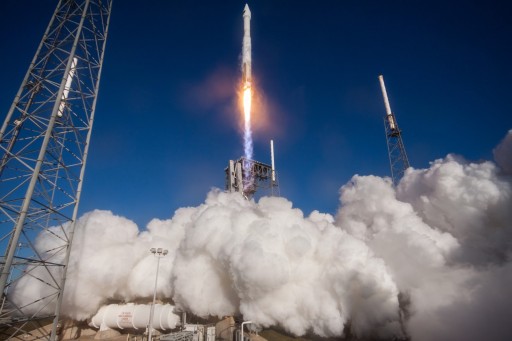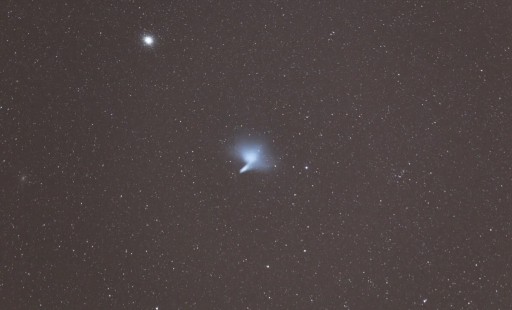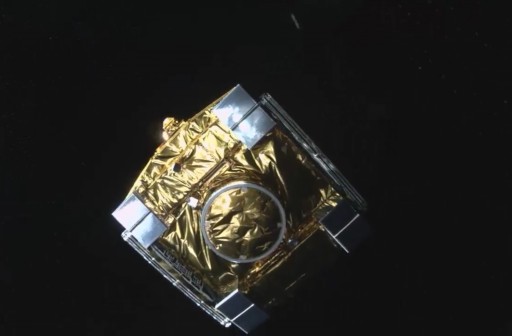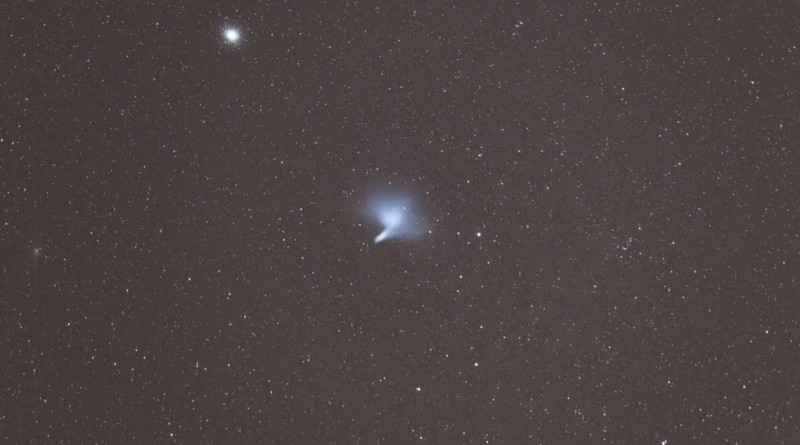Final GPS IIF Satellite enters target Orbit, Centaur Fuel Dump Observed from Australia

The GPS IIF12 satellite was delivered to an accurate orbit by its Atlas V launch vehicle on Friday, providing the spacecraft with a smooth ride in a mission lasting nearly three and a half hours.
The 58-meter tall Atlas V leapt off its launch pad at Space Launch Complex 41 at 13:38 UTC under the loud thunder of its RD-180 engine delivering a total thrust of 390 metric-ton-force. The first stage fired for a little over four minutes and successfully separated from the Centaur upper stage with the help of retrorockets. Centaur then ignited its RL-10 engine for the first time on a burn of nearly 13 minutes to enter an elliptical transfer orbit, also separating the protective payload fairing to expose the 1,630-Kilogram GPS satellite for the rest of its ride into orbit.
The achieved parking orbit was reported to be on target at 167 by 20,250 Kilometers, already at the desired inclination of 55°. Circularization was completed with a planned 87-second RL-10C burn three hours and 17 minutes after launch. This burn was also on target and GPS IIF12 was sent on its way three hours and 26 minutes into the flight, marking the successful completion of the 61st Atlas V mission.

Separation of the GPS IIF12 satellite occurred south of Australia, 20,450 Kilometers in altitude. Given the high altitude of the spacecraft and upper stage, they were in sunlight while observers on the ground were still in darkness – providing favorable conditions for ground-based observations.
Grahame Kelaher published a video on Vimeo showing the Centaur upper stage going through its collision avoidance maneuver and venting its propellant tanks, leaving a bright white cloud of expanding gas in orbit, illuminated by the sun. Typically, these propellant clouds linger for a period of several minutes before dissipating, providing a spectacular sight for observers on the ground depending on the orbital altitude of Centaur when the event occurs.
The Joint Space Operations Center provided orbital tracking data for the GPS IIF12 satellite and the spent Centaur Upper Stage:
2016-007A - 20,442 x 20,457 km - 55.08° (GPS IIF12) 2016-007B - 20,450 x 21,202 km - 55.22° (Centaur R/B)

These orbital parameters are in agreement with the published target orbit and are in family with previous GPS IIF launches. Arriving in orbit, GPS IIF12 was tasked with the deployment of its solar arrays, the acquisition of a stable orientation and the initiation of communications with the ground to enter a multi-week testing and commissioning campaign to be readied for the regular transmission of navigation signals.
Once operational, the GPS IIF12 satellite will be phased into Plane F of the GPS constellation, aiming for Slot 1 to replace the IIR-6 satellite that was launched back in late 2000 and looks forward to taking a different spot in the constellation from where it will enhance legacy coverage and serve a redundant function. Coinciding with the deployment of the satellite, the GPS program is retiring its oldest satellite, GPS IIA-10 launched in 1990.
Plane F was chosen for the last GPS IIF satellite to optimize the coverage of modernized GPS signals that offer a greater accuracy to users. With all GPS IIF satellites taking their spot in orbit, the program can look forward to some downtime in terms of satellite deployments. GPS IIIA, the next generation of GPS spacecraft, built by Lockheed Martin, is currently expected to begin deployment in 2017. The IIIA satellites will continue the incremental improvement of the GPS constellation as aging satellites are replaced with newer, more capable craft.

